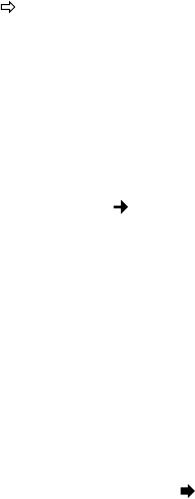
16
• The basic double conversion structure is complemented by two new functional
blocks, the static bypass commuter switch and the manual bypass commuter
switch.
• The static bypass commuter switch connects the output load directly to the
bypass network in special circumstances such as overloading or overheating and
reconnects it to the inverter when normal conditions are restored.
• The manual bypass commuter switch isolates the UPS from the mains and from
the loads connected on the output, so that maintenance operations may be
performed in the UPS without any need to interrupt the supply to the loads.
3.3.1. NORMAL OPERATION
With the mains present, the rectifier transforms the AC input voltage into DC,
raising the DC voltage to a suitable level for supplying the inverter and to charge
the batteries.
The inverter deals with transforming the voltage of the DC bus into AC, providing
a sine wave alternating output, stabilized in voltage and frequency to supply the
loads connected to the output (Fig.12).
3.3.2. OPERATION WITH MAINS FAILURE
In the event of mains failure or power disturbance occur, the group of batteries
supplies the power needed to supply the inverter.
The inverter continues working normally, independent of the lack of mains, and
the back-up time of the device depends only on the capacity of the group of
batteries (Fig.12).
When the battery voltage reaches the end of back-up time, the control blocks the
output as protection against a deep battery discharge.
When the mains returns and following the first seconds of analysis, the UPS
operates once more as in section “Normal operation”.
3.3.3. OPERATION WITH INVERTER NOT ACTIVE
The inverter is inactive due to the existence of alarm conditions such as overloads,
overheating, end of back-up time, etc. In this case the rectifier continues charging
the batteries to maintain their optimal charge state.
The inverter is also inactive if the unit has not been started up with the keyboard.
In this case, the rectifier will be inactive.


















